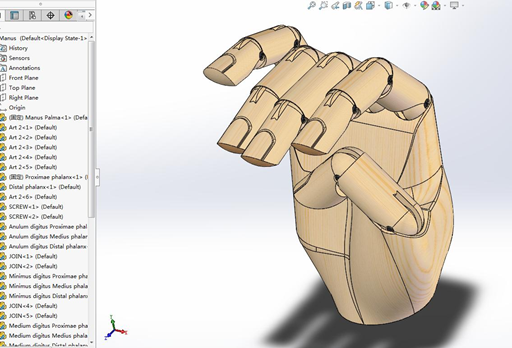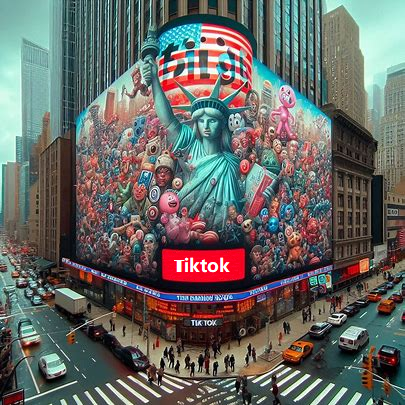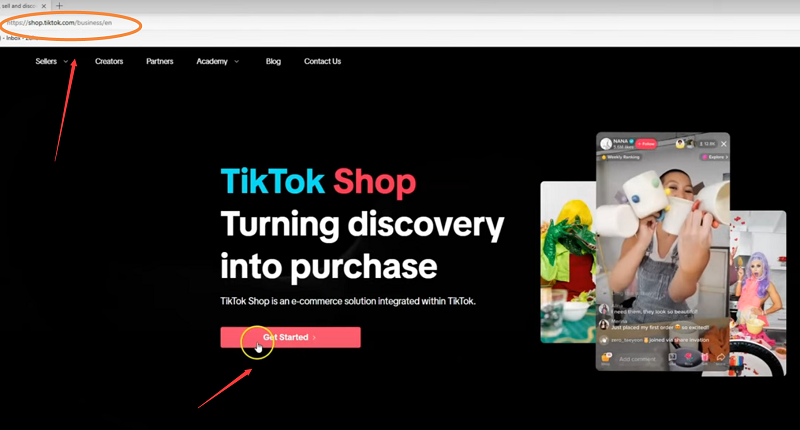In the rapidly evolving landscape of artificial intelligence, the emergence of new products is a constant. Two such products that have recently caught the attention of the tech community are Manus and Deepeek. Manus, hailed as the world's first general - purpose Agent product, has been making waves with its unique capabilities. Deepeek, on the other hand, has also carved out a niche for itself with its offerings. The question on many minds is: Will Manus be more successful than Deepeek? This article aims to provide a comprehensive analysis by examining various aspects of both products.

I. Product Functionality
For Manus
Manus is revolutionary in that it can not only think independently and plan tasks but also directly execute complex tasks and deliver complete results. It is like an “AI hand”. For example, when dealing with a task of screening resumes from a compressed file containing a dozen or so resumes, Manus can automatically understand the hidden instruction of decompressing the file, carry out the decompression, browse each resume one by one, record important information, generate an automatic ranking recommendation, and classify candidates according to important dimensions such as work experience, presenting a comprehensive and organized screening result without any additional user prompts or interventions. In financial analysis, when asked to analyze the correlation between the stock prices of NVIDIA, Marvell Technology, and TSMC over the past three years, Manus accesses information websites like Yahoo Finance through APIs, cross - validates data accuracy, uses Python for data analysis and visualization, and utilizes financial - related professional tools for in - depth analysis, finally providing users with a clear feedback in the form of data - visualizing charts and detailed comprehensive analysis reports.
For Deepeek
Deepeek, with its focus on the hybrid expert model (MoE), is more of an “AI brain”. It excels in deep language understanding and knowledge - based question - answering. For instance, when users pose complex questions related to academic research, historical events, or scientific concepts, Deepeek can sift through vast amounts of data, analyze the context, and provide well - structured and in - depth answers. However, it may not have the same level of “hands - on” task - execution capabilities as Manus.
In terms of functionality, Manus has an edge in task execution across various domains, which could potentially make it more appealing to users who need practical results for their day - to - day work or personal projects. Deepeek, though, is well - suited for those who require in - depth knowledge exploration and language - related analysis.
II. Technical Strength
For Manus
Manus has demonstrated remarkable strength in the GAIA benchmark test, outperforming OpenAI's comparable models. Its multi - agent collaboration system is a key technical innovation. With a three - layer architecture design, it uses the Monte Carlo Tree Search (MCTS) algorithm to dynamically disassemble task priorities, allowing for real - time adjustment of the execution path. It has integrated over 200 tool interfaces, including browsers and Office suites, and can simulate human operations through a browser automation engine. Additionally, the validation agent in Manus can detect logical contradictions, and the multi - signature system, where multiple independent models work together on sub - tasks, improves the reliability of results.
For Deepeek
Deepeek's strength lies in its deep - rooted optimization of the language model. The hybrid expert model (MoE) allows it to handle complex language - related tasks with high precision. It has likely invested heavily in natural language processing algorithms, neural network architectures, and training techniques to achieve its high - level language understanding capabilities. However, compared to Manus, it may lack the comprehensive tool - chain integration and task - execution infrastructure.
Manus seems to have a more comprehensive technical approach that combines language understanding with task execution, while Deepeek's technical focus is more centered on language - model optimization. This broader technical scope in Manus could give it an advantage in a wider range of applications.
III. Market Strategy
For Manus
Despite being in the testing,Manus has already created a huge buzz. The scarcity of its invitation codes has led to them being sold at exorbitant prices on the secondary market, which has, in a way, generated free publicity. The team behind Manus also plans to open - source some of its core technologies, following an “Android - like” model. This strategy can attract a large number of developers to build on its platform, thus expanding its ecosystem. Manus targets a wide range of industries, including education, finance, and human resources, by demonstrating its capabilities in tasks such as teaching material generation, stock analysis, and candidate screening.
For Deepeek
Deepeek's market strategy may be more focused on positioning itself as a high - end language - based AI solution. It may target enterprises and individuals who have a strong need for in - depth language analysis, such as research institutions, legal firms, and content - creating professionals. However, without the same level of hype - building strategies like Manus, it may take longer to gain widespread recognition.
Manus' market strategy, with its combination of scarcity marketing and open - source initiatives, seems to be more effective in quickly building brand awareness and attracting a diverse user base. Deepeek's more targeted approach may limit its initial growth rate, although it could potentially have a more loyal user base in its niche markets.
IV. Ecosystem Building
For Manus
By planning to open - source its reasoning module, Manus is taking a significant step towards building a vibrant ecosystem. This can encourage developers to create plugins and additional features, similar to how the Android ecosystem has thrived. The ability to integrate with over 200 tools also means that there are many opportunities for third - party developers to create value - added services. For example, developers could create specialized financial analysis plugins that work seamlessly with Manus' existing financial task - execution capabilities.
Deepeek
Deepeek's ecosystem building may be more centered around partnerships with content providers, data sources, and research institutions. These partnerships can help it access more data for training and improve the quality of its language - based services. However, compared to Manus' more developer - friendly approach, Deepeek's ecosystem may be less inclusive in terms of fostering a wide range of innovation.
Manus' approach to ecosystem building has the potential to be more expansive and inclusive, which could lead to more rapid growth and wider adoption. Deepeek's ecosystem, while valuable, may be more limited in its scope and growth potential.
V. Challenges and Risks
For Manus
Manus faces several challenges. The execution stability is a concern, as there have been reports of the system crashing and generating false results in some cases. The high cost of its cloud - based virtual machine operation may limit its adoption among small and medium - sized enterprises. Additionally, the legal implications of its autonomous actions, such as the legality of self - signed contracts, are yet to be clearly defined, and privacy issues related to cross - platform data calls may also arise.
For Deepeek
Deepeek may face challenges in terms of differentiating itself in a crowded language - model market. As more and more companies invest in language - based AI, Deepeek needs to continuously innovate to stay ahead. It also has to deal with potential competition from general - purpose AI products that are improving their language - understanding capabilities, like Manus.
Both products have their own sets of challenges. However, Manus' challenges seem to be more fundamental in terms of technical stability and legal/regulatory compliance, which could pose a significant threat to its long - term success if not addressed properly.
Based on the above analysis, Manus has several factors in its favor that could potentially make it more successful than Deepeek. Its unique task - execution capabilities, comprehensive technical approach, effective market strategy, and inclusive ecosystem - building efforts give it an edge. However, Manus also has significant challenges to overcome, especially in terms of execution stability and legal compliance. Deepeek, on the other hand, has a strong position in the language - based AI segment but may struggle to expand its user base as quickly as Manus.
In conclusion, while it is too early to definitively say that Manus will be more successful than Deepeek, the current trends and analysis suggest that Manus has a higher probability of achieving greater success in the short to medium term, provided that it can effectively address its challenges.




